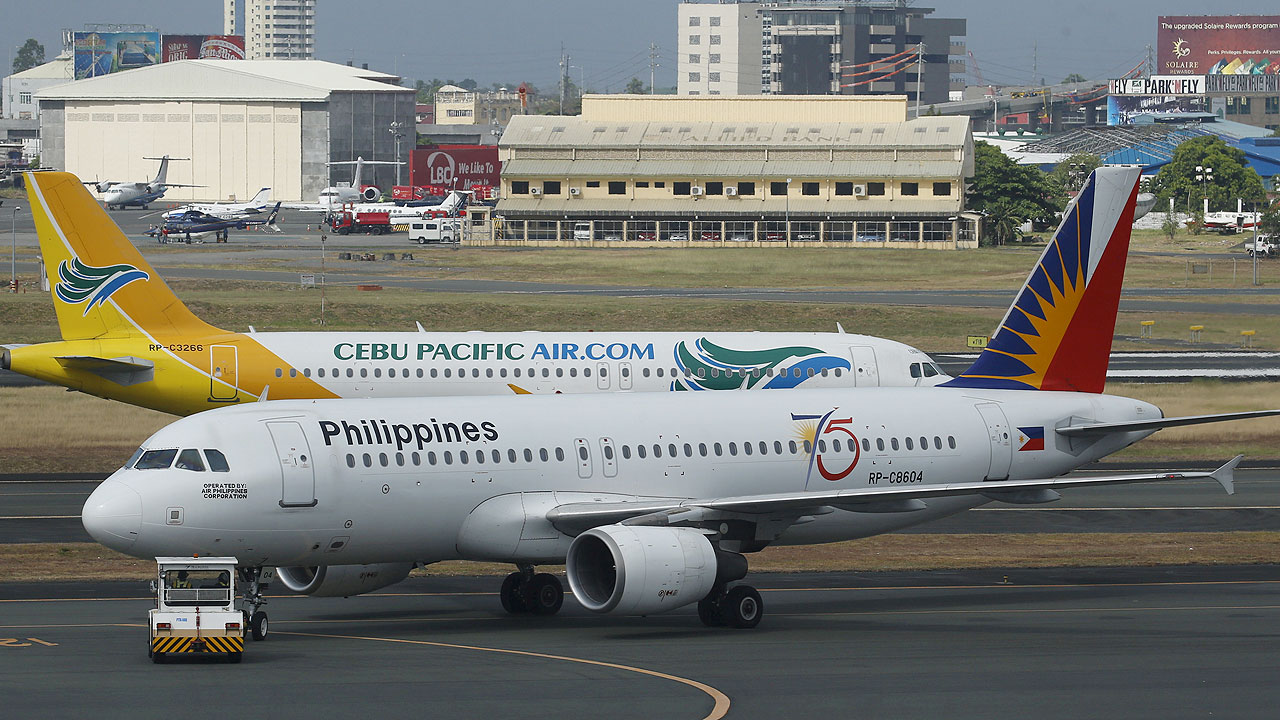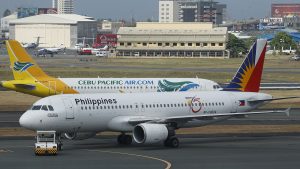
By Ashley Erika O. Jose, Reporter
LISTED airline companies are expected to deliver mixed results for 2024, primarily due to the anticipated recovery in the sector, which may be counterbalanced by the volatility of the airline industry, according to analysts.
“Lots of factors influenced profitability, such as fuel costs, passengers, and competition. The third quarter is traditionally the weakest because of the typhoons and off-peak season. Hopefully, the fourth quarter sees a turnaround,” Luis A. Limlingan, head of sales at Regina Capital Development Corp., said in a Viber message on Sunday.
For the third quarter, both listed airlines saw their third-quarter attributable net income decline. Cebu Air, Inc., the operator of Cebu Pacific, incurred an attributable net loss of P173.19 million from an attributable net income of P1.28 billion in the same period last year as higher expenses put pressure on the company’s profit for the period.
PAL Holdings, Inc. saw its third-quarter attributable net income plunge to P789.79 million, more than fivefold lower than last year’s P4.28 billion due to lower passenger revenue during the period.
“The first nine months for both airlines showed a mixed picture. Both experienced fluctuations in their quarterly revenues,” First Grade Finance, Inc. Managing Director Astro C. del Castillo said in a Viber message.
The outlook remains cautiously optimistic for airline companies as the industry continues to face rising operating costs, increased competition, and fragile economic conditions, Mr. Del Castillo said.
“The overall profitability of PAL and CEB will depend on how effectively they can manage these dynamics as they navigate through the final months of the year,” he said.
For the flag carrier, PAL President and Chief Operating Officer Stanley K. Ng said the company is expecting to end the year with lower profit than last year.
“Definitely lower than last year,” he told reporters on the sidelines of an event last week.
For December, air passengers may see steady airfares after the Civil Aeronautics Board kept the fuel surcharge for December unchanged at Level 4, marking the third time this year the fuel surcharge was set at this level.
Air passenger volume at the Ninoy Aquino International Airport continues to increase for the first nine months of the year after surpassing pre-pandemic levels, driven by growth in domestic travel, according to the Manila International Airport Authority (MIAA).
Data from MIAA showed that air passenger volume totaled 37.38 million for the nine months ending September, 10.7% higher than the 33.75 million in the comparable period last year and 4.2% higher than the 35.87 million in the January-to-September period in 2019.
For Globalinks Securities and Stocks, Inc. Head of Sales Trading Toby Allan C. Arce, the profitability of airlines will be influenced by many factors.
He said the potential drivers for growth will be the holiday and peak travel seasons and the expected recovery in tourism.
“Any rebound in local and international travel demand can contribute significantly to earnings. Effective fuel-hedging strategies and operational efficiency improvements could offset revenue dips,” he said.
Cebu Pacific, the budget carrier, is optimistic about its growth prospects for next year. The company anticipates that its recent route launches will begin to contribute positively, driven by its ongoing expansion plans.
“We are quite positive for next year. We think the height of the leverage, the early investments in the aircraft are already done. It has made our capex (capital expenditure) heavy this year, but this is it, by next year, we will feel the contributions of these as the revenue grows,” Cebu Pacific Vice-President for Controllership and Investor Relations Trina E. Asuncion said in a virtual briefing last week.
